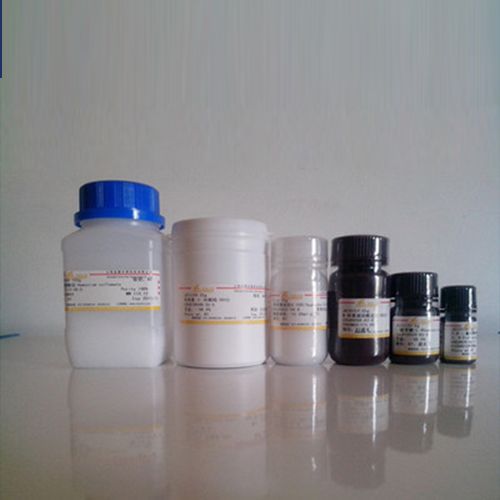Introduction of human gonadotropin at menopause
1, the application
The gonadotropin made from the pituitary gland of animals has been widely
used in animal husbandry and aquaculture, but it is not effective for human
beings. HCG can be made from the urine of pregnant women, or the mixed
preparation of LH and FSH extracted from the urine of menopausal women, referred
to as human menopausal gonadotropin (HMG), clinical can be used to treat sexual
dysfunction.

2. Secretion mechanism
The production and release of pituitary gonadotropin is directly regulated
by luteinizing hormone releasing hormone (LH-RH) in the hypothalamus. Sex
hormones, the target products of LH and FSH, in turn affect the secretion
function of pituitary or hypothalamus. Therefore, the secretion of lh-rh, LH and
FSH as well as the sex hormones are restricted by each other, and the
fluctuations are quite rhythmic. The recurrence of the female menstrual cycle is
the result of fluctuations and rhythmic changes in the secretion of these three
hormones.
3, structure,
Gonadotropin (LH, FSH, HCG) and thyrotrophin (TSH) are composed of two
peptide chains of peptide and peptide through non-covalent bond combination, and
contain glycosyl group. The glycosyl group is partially covalently bound to
individual asparagine residues, serine residues or threonine residues on the
peptide chain. The two peptide chains can be separated and recombined. LH, FSH,
HCG and TSH have the same structure of the peptide chain, while the peptide
chain has its own characteristics, which determines the functional specificity
of the above-mentioned hormones.